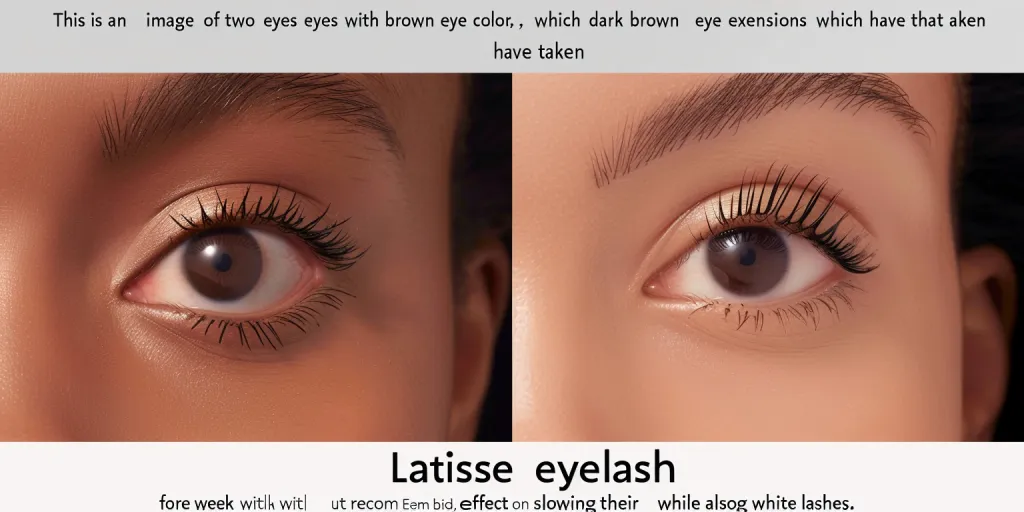Retinol, a derivative of vitamin A, has long been heralded as a cornerstone in the realm of skin care. Its multifaceted benefits range from combating acne to reducing the appearance of fine lines and wrinkles. This article aims to demystify retinol, offering a comprehensive guide on its benefits, the science behind it, how to incorporate it into your routine, potential side effects, and the importance of sun protection when using retinol-based products.
Table of Contents:
– Understanding retinol and its benefits
– The science behind retinol
– How to incorporate retinol into your routine
– Potential side effects and how to mitigate them
– The crucial link between retinol and sun protection
Understanding retinol and its benefits

Retinol is a powerhouse ingredient in the world of beauty and personal care, known for its ability to promote skin renewal and enhance collagen production. This translates to smoother, clearer skin, with a noticeable reduction in fine lines and wrinkles. Beyond its anti-aging properties, retinol is effective in treating acne and evening out skin tone, making it a versatile addition to any skin care regimen.
The benefits of retinol extend to its capability to accelerate cell turnover. This process helps to slough off dead skin cells, revealing fresher, younger-looking skin beneath. Furthermore, retinol’s antioxidant properties aid in combating free radicals, contributing to healthier, more resilient skin.
Incorporating retinol into your skin care routine can seem daunting due to its potent nature. However, understanding its benefits and how it works can demystify the process, making retinol a valuable ally in achieving your skin care goals.
The science behind retinol

At its core, retinol works by penetrating deep into the skin to stimulate collagen production and accelerate cell turnover. Collagen is a crucial protein that provides structure and elasticity to the skin, which diminishes with age. By boosting collagen levels, retinol helps to restore the skin’s youthful appearance.
The effectiveness of retinol is backed by numerous scientific studies, which have consistently demonstrated its ability to reduce the signs of aging. Its small molecular structure allows it to deeply penetrate the skin, making it more effective than other topical anti-aging ingredients.
Understanding the science behind retinol not only underscores its efficacy but also highlights the importance of patience and consistency in skin care routines. Results from retinol are not instantaneous but build over time, emphasizing the value of long-term commitment to achieve optimal skin health.
How to incorporate retinol into your routine

Introducing retinol into your skin care routine requires a thoughtful approach to minimize potential irritation. Starting with a low concentration and gradually increasing the dosage allows your skin to adjust to the ingredient. Applying retinol at night is recommended, as it can make the skin more sensitive to sunlight.
Pairing retinol with moisturizing ingredients can help mitigate dryness and irritation. Hyaluronic acid and ceramides are excellent companions to retinol, as they provide hydration and strengthen the skin’s barrier, respectively.
Listening to your skin is crucial when using retinol. If you experience significant irritation, reducing frequency or taking a break can help your skin recover. Consulting with a dermatologist before starting retinol is also advisable, especially for those with sensitive skin or specific skin concerns.
Potential side effects and how to mitigate them

While retinol offers numerous benefits, it can also cause side effects such as dryness, redness, and peeling. These are typically mild and tend to subside as the skin adjusts to the product. Starting with a lower concentration and slowly increasing usage can help minimize these effects.
Incorporating a gentle, hydrating cleanser and a rich moisturizer into your routine can also alleviate the dryness associated with retinol use. Additionally, using retinol every other night instead of nightly can provide your skin with time to adjust without compromising the benefits.
Being mindful of other active ingredients in your skin care routine, such as alpha-hydroxy acids (AHAs) and beta-hydroxy acids (BHAs), is important. Using these in conjunction with retinol can increase skin sensitivity, so it may be beneficial to alternate their use.
The crucial link between retinol and sun protection

One of the most important considerations when using retinol is the increased sensitivity to sunlight. This underscores the necessity of incorporating a broad-spectrum sunscreen into your morning routine. Sun protection not only prevents sunburn but also protects against premature aging and skin cancer.
Choosing a sunscreen with an SPF of 30 or higher and reapplying it every two hours when exposed to the sun is advisable. Wearing protective clothing and seeking shade during peak sunlight hours can further safeguard your skin.
Embracing sun protection as a non-negotiable part of your skin care routine enhances the benefits of retinol while ensuring your skin remains healthy and resilient against external aggressors.
Conclusion:
Retinol is a dynamic and effective ingredient that can significantly improve the appearance and health of your skin. By understanding its benefits, the science behind it, and how to properly incorporate it into your routine, you can harness its power while minimizing potential side effects. Remember, patience, consistency, and sun protection are key to unlocking the full potential of retinol in your skin care regimen.








